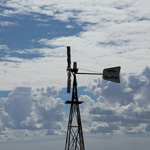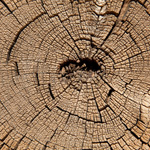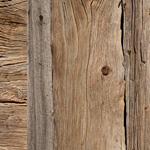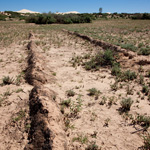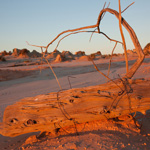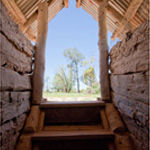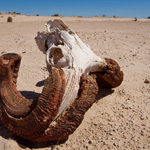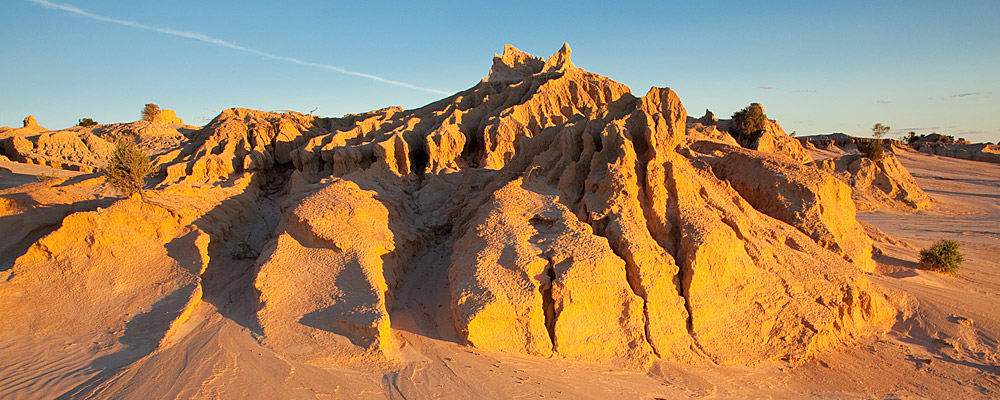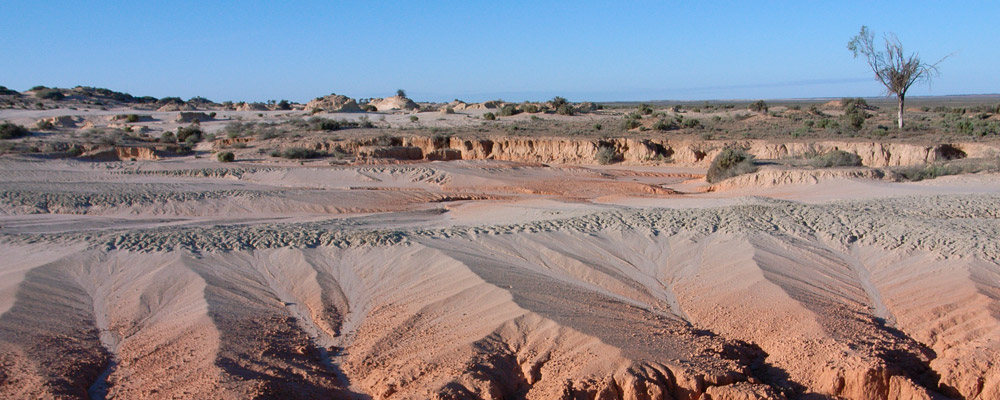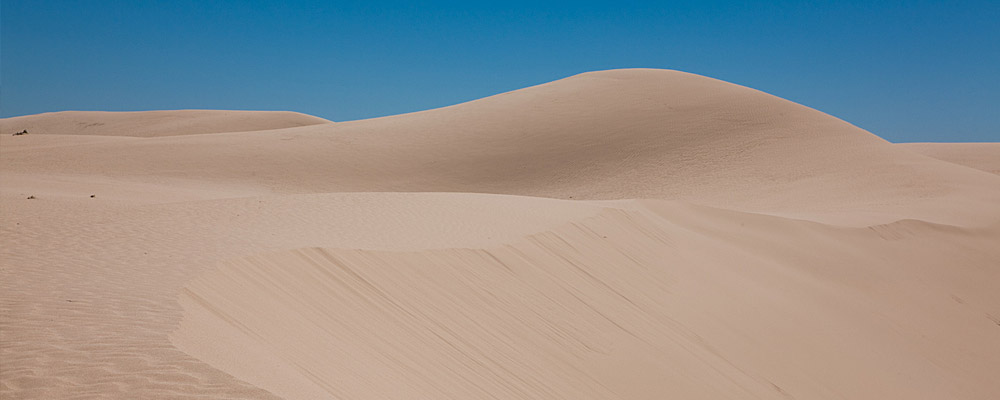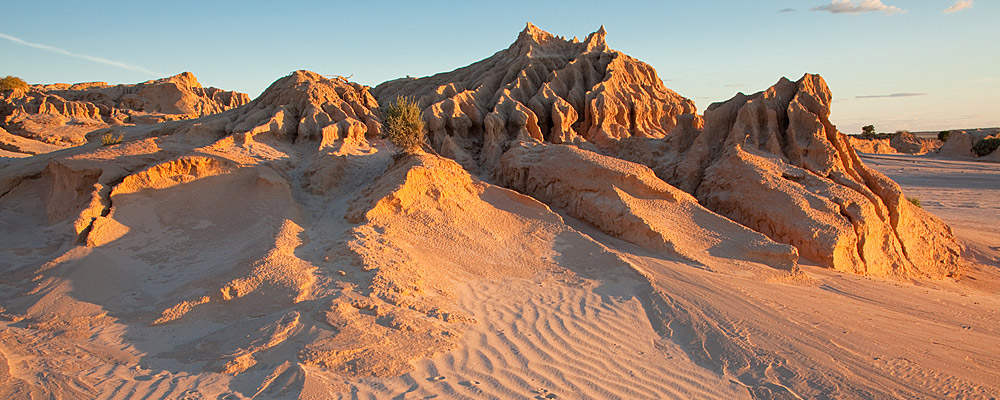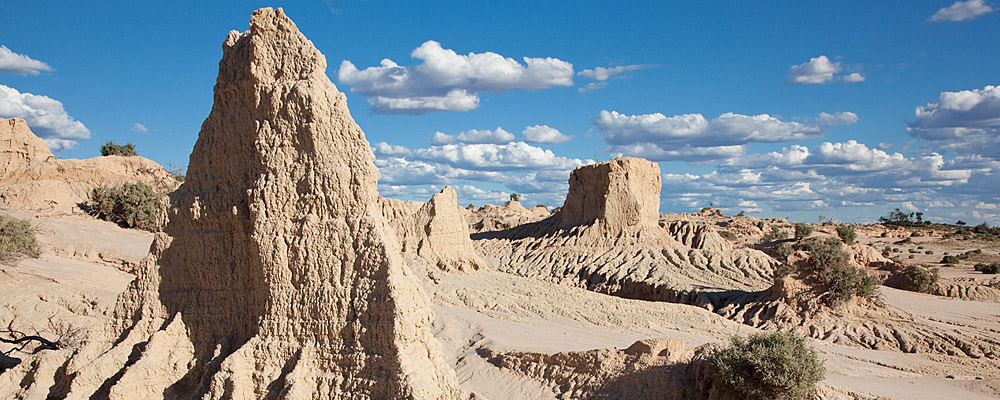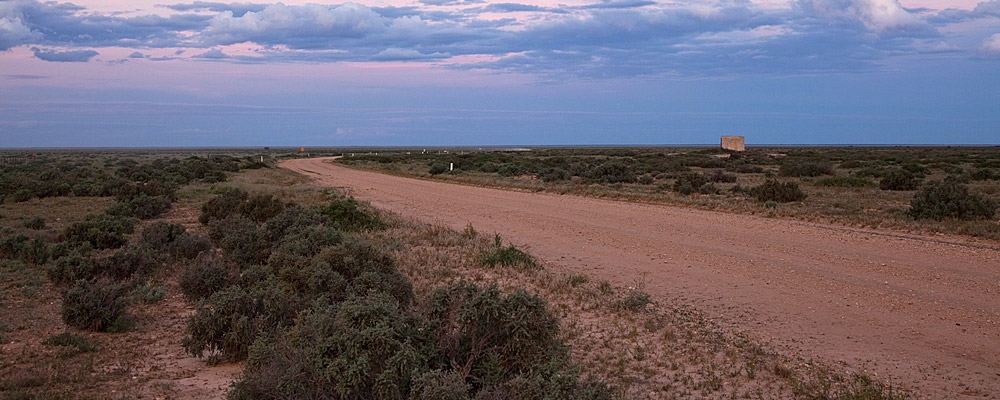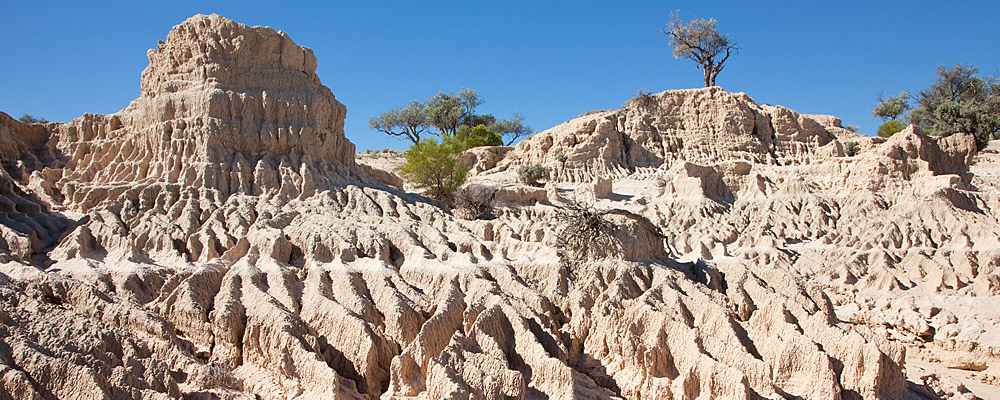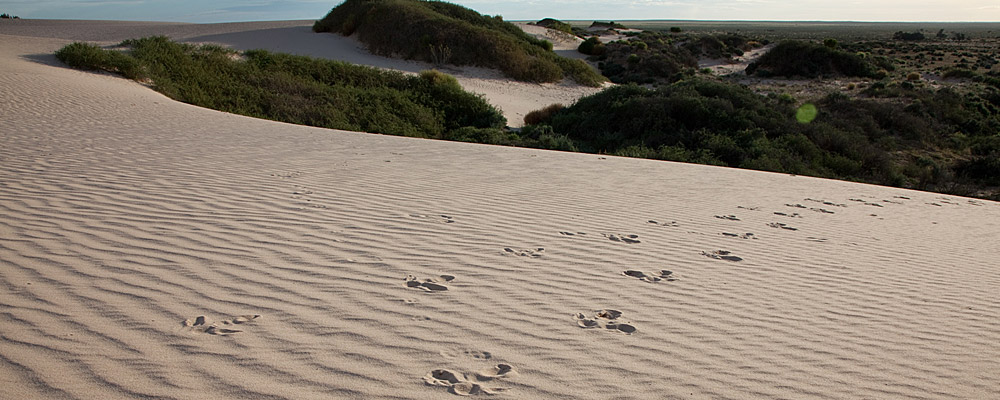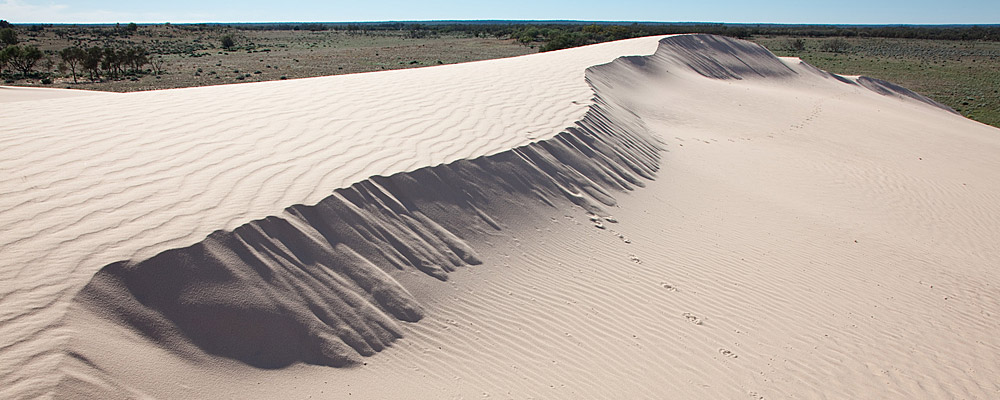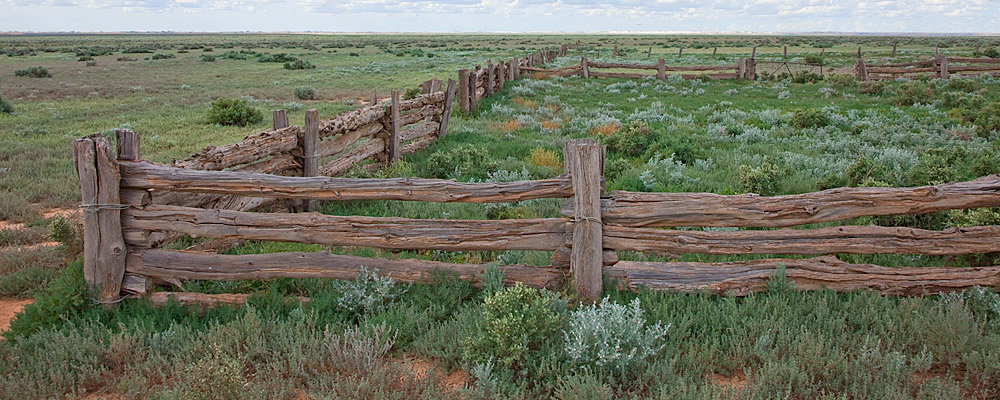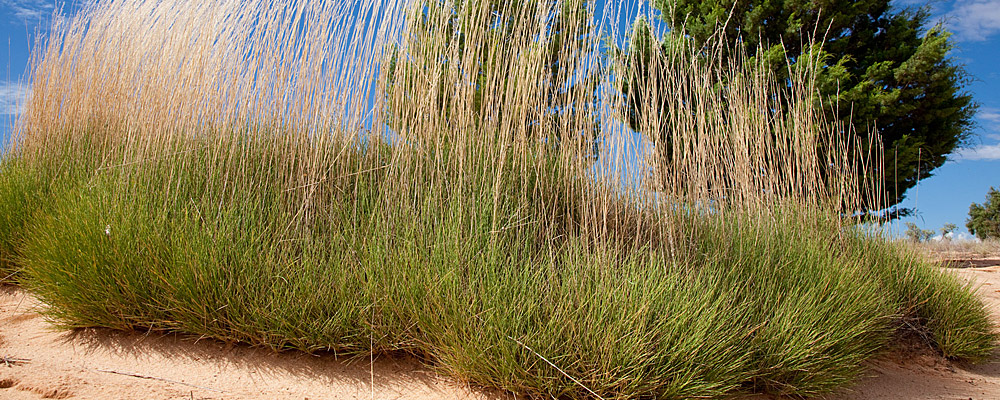Understanding Mungo
Pastoral Heritage
Available for download are three PDFs discussing the pastoral history of the Mungo region covering the periods 1788 to 1901, 1901 to 1967 and 1967 to the present. These publications have been prepared for educational purposes and are a free to use for non-commercial purposes under Creative Commons License.
Pastoralism is an important part of the recent Mungo story. The lands within Mungo National Park were once part of several grazing properties and the park protects many features that date from the early days of the pastoral industry. Visitors can see Mungo woolshed, which was built from local cypress pine around 1869, and the remains of Zanci homestead which go back nearly as far, and other relics along the Mungo Track.
White settlement brought changes to traditional Aboriginal life and the local environment, and also some great human stories.
Early days
The first European explorer to pass near Willandra Lakes was Charles Sturt who travelled along the Murray River in 1828. Thomas Mitchell followed the Lachlan and Murrumbidgee rivers to the Murray in 1836, having several deadly confrontations with Aboriginal groups. Mitchell noted that feral cattle had preceded him.
The ill-fated Burke and Wills expedition went through Balranald to Menindee in 1860, but by then pastoralism was well established in the area. Joseph Hawdon and Charles Bonney overlanded cattle along the Murray River to Adelaide in 1838 and by 1848 squatters had moved onto the Darling River west of Willandra Lakes.
In the 1850s huge cattle runs were taken up across the mallee lands of south-west New South Wales. Gol Gol station was one of the first, in 1860. It took in over 200,000 hectares including much of Willandra Lakes. North Turlee Block A Run was taken up by William Nash in 1864, but later absorbed into Gol Gol, run by Robert Patterson. By 1873 the Willandra Creek area was completely fenced.
With their lands taken, much of their game driven away and freedom of movement more difficult, Aboriginal people worked on the stations as boundary riders, trackers, general hands and domestic help. But they were displaced again in the 1870s by Chinese workers who came to Australia for the gold rushes. Eventually, many local Aboriginal people were rounded up and sent away to church missions at Yelta (near Wentworth), Pooncarie, Carowra Tank (near Ivanhoe), Menindee, Balranald and even Brewarrina and Lake Cargelligo.
In 1869 Gol Gol built what is now the Mungo woolshed as its main shearing base. It was built out of termite-resistant White Cypress Pine logs by Chinese labourers, using drop-log construction. At the peak of the wool industry Gol Gol was shearing 50,000 sheep a season in 30 stands. It was the Chinese workers who may have given the name Walls of China to the Lake Mungo lunette.
These were the days of paddle steamers and Cobb & Co, who created a vast overland transport network of horse-drawn coaches across inland Queensland, New South Wales and Victoria. By 1870 the company was harnessing 6,000 horses a day and driving 45,000 kilometres every week. Slower wagons drawn by horses or bullocks carried wool and other freight. One route crossed the Mungo lunette by Vigars Well, carrying wool to the riverports of Balranald, Echuca, Mildura, Wentworth and Pooncarie. You can still see the hardened earth of the wheel ruts, now standing above the eroding ground.
Rabbits spread into the Willandra country around the 1880s, adding to the impacts of chronic overgrazing. Then a disastrous drought struck in 1989-1890, bringing windstorms and widespread erosion to the dessicated landscape.
Smaller blocks
Across western New South Wales the 1920s saw the subdivision of many of the old runs to create smaller soldier settler blocks for veterans returning from World War I. Gol Gol was broken up in 1921. Mungo and Zanci blocks were established, each of 16,000 hectares, with Joulni to the south and Leaghur and Garnpang to the north.
This was after the stock carrying capacity of the land had already been much reduced by the combined impacts of heavy stocking, rabbits and drought. Mungo woolshed was reduced to four machine shearers and a section of it was removed and rebuilt on Zanci station in 1922.
The first European owners of the Mungo block were Ewan and Angus Cameron. Zanci was first taken up by Joseph Vigar and his son Roy. In 1934 Albert and Venda Barnes purchased Mungo.
Recent years
Tourism, research and conservation gradually took the place of pastoralism over some of the Willandra area. In 1965 a company called Baroona Tours began taking tourists to the Walls of China, and the Barneses opened a souvenir shop in their home. Mildura Bus Lines brought visitors from far away and Alan Mathews began flying them to Mungo in a light plane. A highlight for tourists was afternoon tea at the Mungo homestead.
Also in the 1960s, researchers from the Australian National University began studying the area. Dr Jim Bowler remembers the wonderful hospitality shown by the Barnes family and other pastoralists in supporting early research.
In 1978, after being on the land for 44 years, the Barneses sold Mungo to the National Parks and Wildlife Service (NPWS) and Mungo National Park was created in 1979. The adjoining Zanci block was sold to the NPWS by Russell and Rita Clothier and added to the park in 1984. More recent additions to the park have included Leaghur (purchased from Clarrie and Gladys Barnes), Garnpung (purchased from the Richardson family) and Balmoral. When the lease of Joulni expired it reverted to the Crown and its future is still being resolved.
The origin of Mungo
The name Mungo is thought to have two possible origins. Bark canoes were commonly used along the Murray and Darling rivers, and the Paakantji word for canoe is "mungoe". Another possible source is from St. Mungo, patron saint of Glasgow, as the Cameron brothers (who first had Mungo station) were of Scottish descent.
